Sesame Wheat
4.7
(3)
Your folders
Your folders
Prep Time: 30 minutes
Cook Time: 55 minutes
Servings: 28
Author : King Arthur Baking
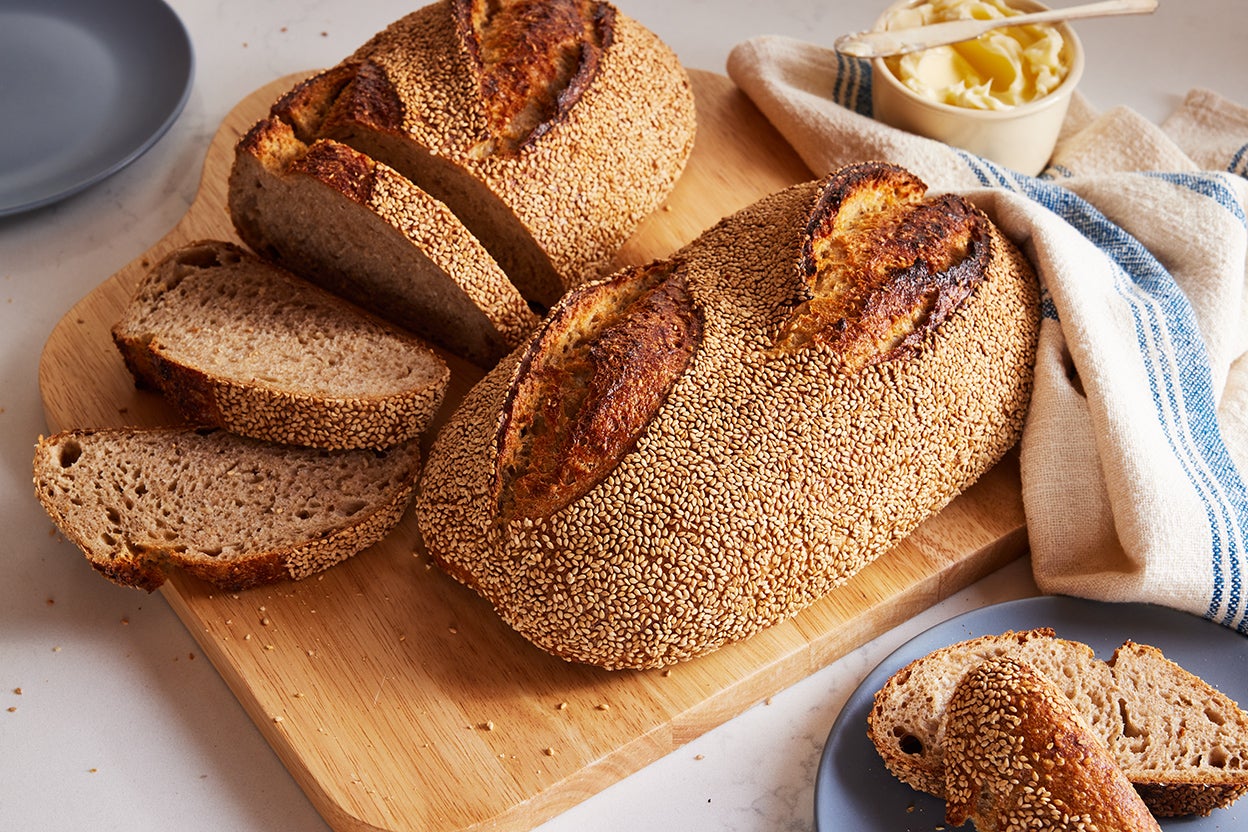
Ingredients
Export 6 ingredients for grocery delivery
Instructions
Weigh your flour; or measure it by gently spooning it into a cup, then sweeping off any excess. , Day 1: The morning before you want to bake, make the dough. In a large bowl, combine the sourdough culture, flours, salt, honey, sesame seeds, and water, mixing until no dry spots remain. With a wet hand, use a light touch to quickly work the dough against the side of the bowl until it begins to smooth out and is tacky. , Once you’ve mixed your dough, cover and let it rest for 15 minutes. Using a wet hand, perform a bowl fold: Use your wet hands to grab a section of dough from one side, lift it up, then press it down into the middle. Repeat this motion 8 to 12 times, or until the dough resists stretching. , Cover and rest for another 15 minutes. Using a wet hand, perform a second bowl fold, this time with 6 to 8 stretches, or until the dough resists. , Cover and let the dough rest for 15 minutes. , Perform a third bowl fold until the dough resists stretching, then cover and rest for 15 minutes before performing the fourth and final bowl fold, once again folding until the dough resists stretching. , Flip the dough over so that the smooth side is up, then round out the dough by cupping your hand and applying pressure towards the bottom of the dough, forcing it into the bottom and side of the bowl to create tension. Transfer it to a large, preferably clear container, then mark the level of the dough on the outside of the container; this will help you gauge how much the dough has risen later. , Cover and allow the dough to rest at room temperature for 7 to 11 hours or until it is marshmallowy and doubled in size. Pay attention to the appearance of the dough rather than the clock: If you're baking in a warm climate or your sourdough culture is very active, the time it takes your dough to double will be closer to 7 hours. If you’re baking in a cooler climate or your sourdough culture is sluggish, it will be closer to 11 hours. , To divide, use a bowl scraper to gently ease the dough out of the container onto a lightly floured work surface. Using a bench scraper or knife, divide the dough into 2 even pieces (about 930g each). , Gently pat each piece of dough to remove any large bubbles, then gently preshape into a round. Cover and let it rest for 15 minutes. , Shape each round of dough into a boule or bâtard. Very lightly dust two 9" x 3" round or oval bannetons with flour. (You’ll use less dusting flour here than with other loaves because of the seed crust.), Spread the sesame seeds on a rimmed baking sheet or piece of parchment. Wet a clean kitchen towel, then wring it out; it should still be pretty damp. Roll the top and sides of the shaped dough over the towel to moisten the loaf, then through the seeds to coat. Transfer seam-side up to the bannetons, then cover. If your dough doubled between 7 and 8 hours of bulk fermentation, transfer the loaves to the refrigerator. If it took closer to 11 to 12 hours to double, let the loaves rise at room temperature for 1 hour before refrigerating. At the end of this slow rise, the dough should feel light, almost marshmallowy, and a small impression will remain after pressing it with a floured finger. , Day 2: Preheat the oven to 475°F with a baking steel or stone on the middle rack and an empty cast iron skillet or a cake pan filled with lava rocks on the rack below. If possible, adjust the stone and pan so that the skillet isn't directly under the stone, making it easier for steam to reach the baking bread. , Invert each loaf onto a sheet of parchment. Use a baker’s lame or razor blade to score the tops of the loaves. , Load the loaves (still on the parchment) into the oven, placing them on the stone or steel side-by-side, and pour about 1 cup (227g) of warm water into the skillet. , Bake the loaves for 25 minutes, then reduce the oven temperature to 450°F. Continue baking until the loaves are deeply browned and the crust is firm, about 20 minutes longer. Remove from the oven and let cool on a wire rack before slicing., Storage information: Store at room temperature, lightly wrapped, for a couple days; freeze for longer storage.
Top similar recipes
Curated for youYour folders

 170 views
170 viewsSesame-Garlic Beef & Broccoli with ...
eatingwell.com
5.0
(3)
Your folders

 371 views
371 viewsWheat Wreath
thecountrychiccottage.net
Your folders
 86 views
86 viewsCracked Wheat Bread (Bulgur Wheat B...
baking-sense.com
Your folders
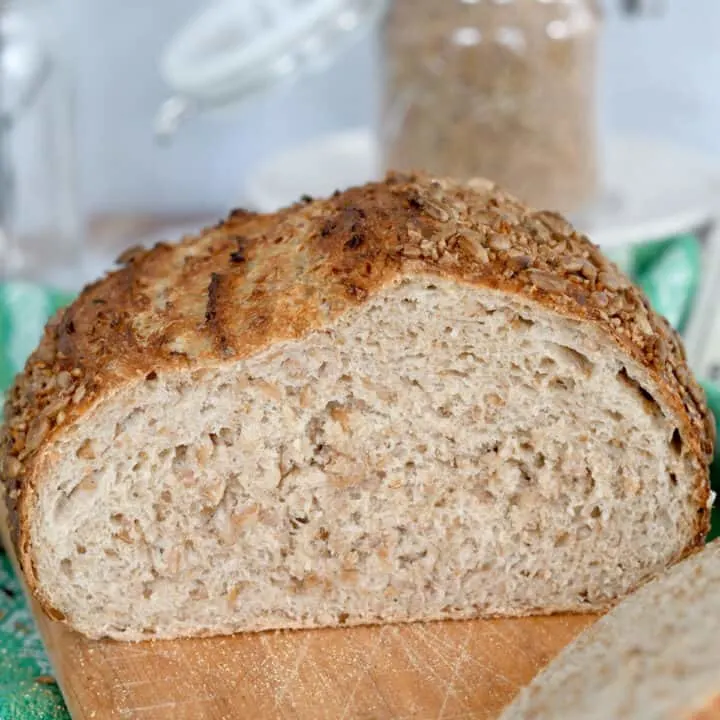
 833 views
833 viewsCracked Wheat Bread (Bulgur Wheat B...
baking-sense.com
4.4
(14)
25 minutes
Your folders

 205 views
205 viewsHoney wheat casserolls
homesicktexan.com
5.0
(1)
Your folders
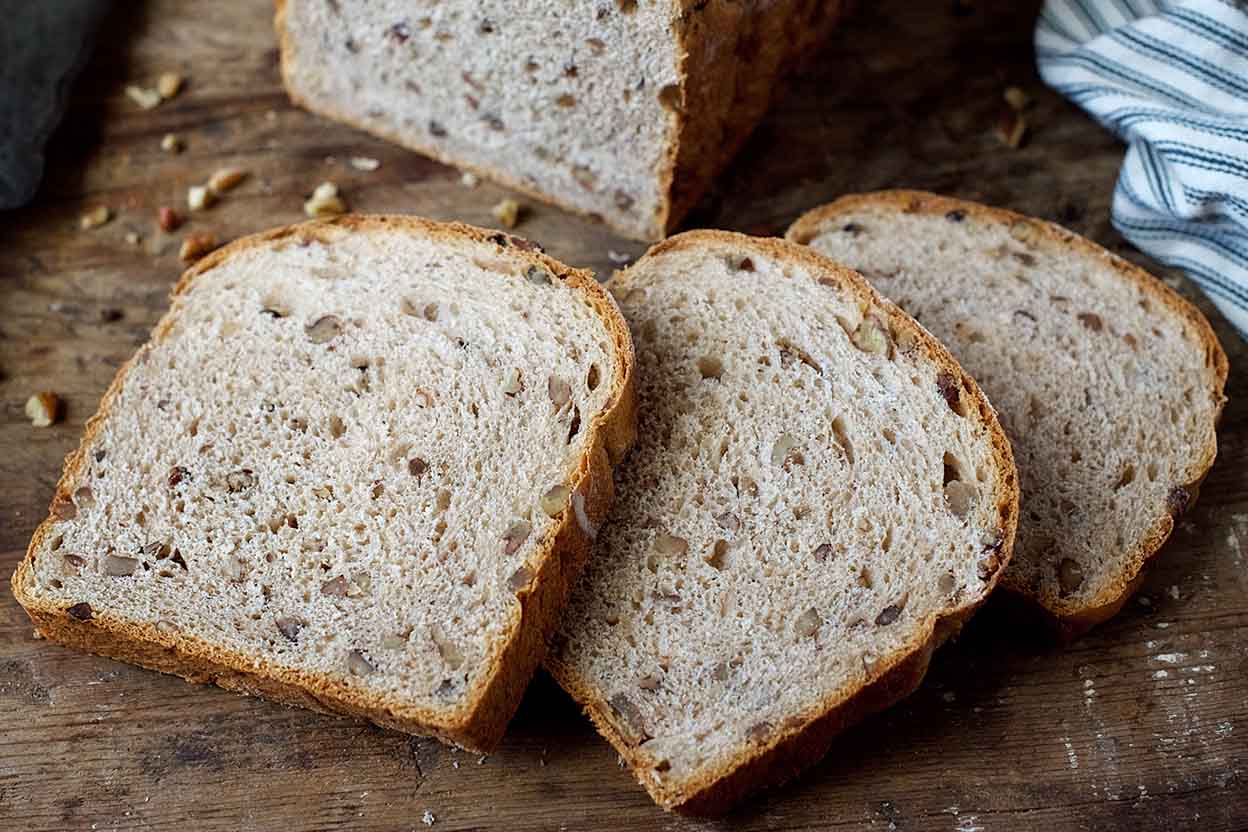
 287 views
287 viewsPecan Wheat Bread
kingarthurbaking.com
4.9
(95)
35 minutes
Your folders

 660 views
660 viewsWhole Wheat Pancakes
cookieandkate.com
4.9
(115)
15 minutes
Your folders

 510 views
510 viewsWhole-Wheat Tortillas
100daysofrealfood.com
4.7
(112)
6 minutes
Your folders

 653 views
653 viewsWhole Wheat Pancakes
amindfullmom.com
4.8
(10)
15 minutes
Your folders
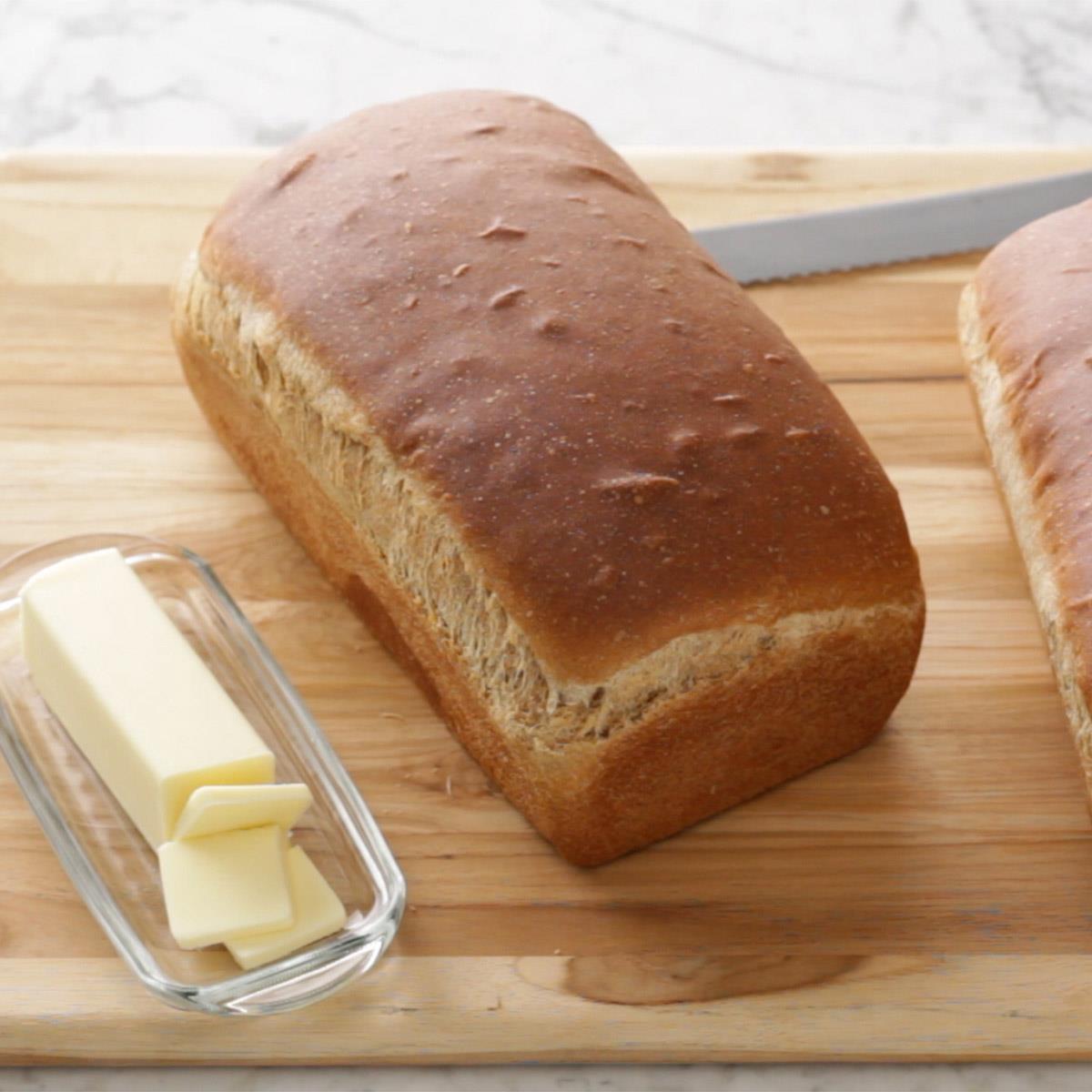
 463 views
463 viewsWhole Wheat Bread
tasteofhome.com
4.9
(22)
40 minutes
Your folders
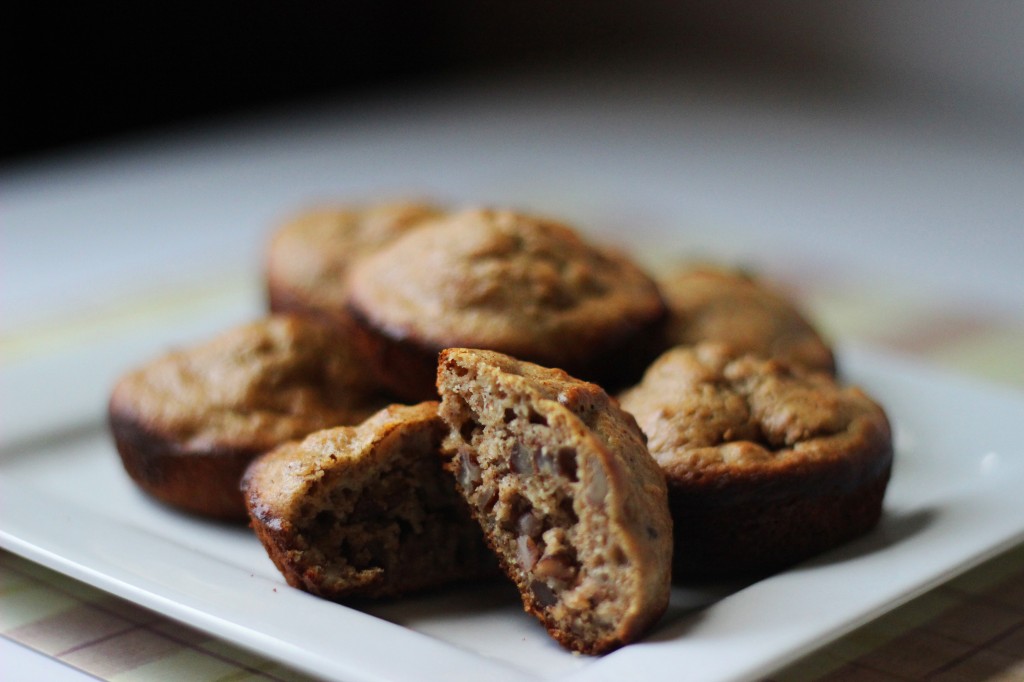
 413 views
413 viewsCream of Wheat
grainmillwagon.com
Your folders
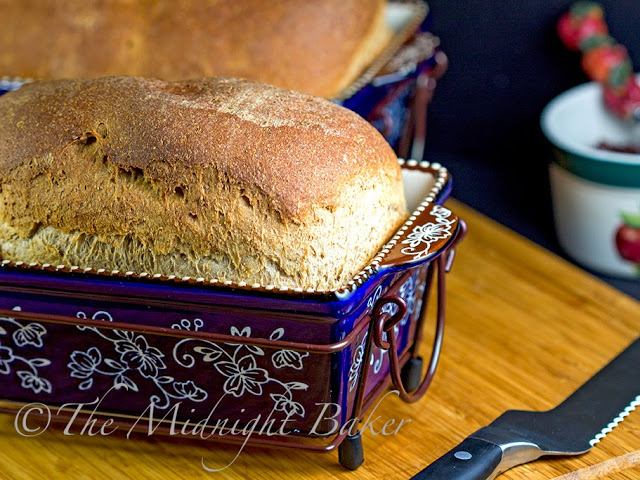
 491 views
491 viewsHoney Wheat Bread
bakeatmidnite.com
45 minutes
Your folders
 86 views
86 viewsHoney Wheat Bread
bakeatmidnite.com
Your folders

 437 views
437 viewsWhole Wheat Baguettes
kingarthurbaking.com
4.8
(11)
28 minutes
Your folders

 505 views
505 viewsWhole Wheat Baguettes
girlversusdough.com
5.0
(2)
30 minutes
Your folders

 450 views
450 viewsBaguettes (Whole Wheat)
food.com
5.0
(1)
30 minutes
Your folders

 357 views
357 viewsWheat Berry Salad
foodnetwork.com
4.8
(70)
1 hours, 3 minutes
Your folders

 463 views
463 viewsWhole Wheat Waffles
kingarthurbaking.com
4.8
(274)
5 minutes
Your folders

 281 views
281 viewsWhole Wheat Pancakes
allrecipes.com
4.7
(323)
30 minutes